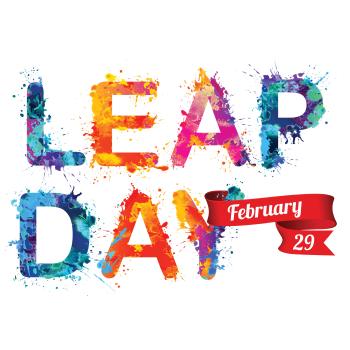Today is Leap Day!

Event Description
Our solar year is 365.24219 days. Since our calendar does not deal in partial days, every four years, we add an additional day to February. Therefore, our calendar year is either 365 days in nonleap years or 366 days in leap years. A leap year every four years gives us 365.25 days, sending our seasons off course and eventually in the wrong months. To change .25 days to .24219, we skip a few Leap Days every one hundred years or so.
Classroom Activity
Many years ago, people did not have the scientific information that we have available today to explain the change of seasons, the need for a Leap Day every four years, and the cycle of moon phases. Early civilizations relied on other means of explanation such as myths and folk tales.
Divide the class into groups and provide each group with an explanatory myth (e.g., the children's book Max and Ruby's First Greek Myth by Rosemary Wells or the works of Gerald McDermott or Tomie dePaola). Have students write summaries of the stories to share with the class. Then have the students in each group compose an original myth that explains either the same phenomenon from the book they summarized or another one of their choosing. Stories can be illustrated and collected into a book to share with other classes in the school.
Websites
This site explains things about Leap Year that are not common knowledge to most, has resources for party planning, and also includes a list of Leap Day books.
Wonder of the Day based on the student question “Why is there leap year?”
Intended for grade-school-level students, this NASA website recommended by SchoolZone has information about astronomy as well as projects, lesson ideas, and resources for the classroom.
This site from NASA, focusing on an image of a coin minted with Julius Caesar's likeness, provides a brief explanation of the origins of Leap Day. The site also references Sosigenes, the astronomer who consulted with Caesar on the calendar and invention of Leap Day.